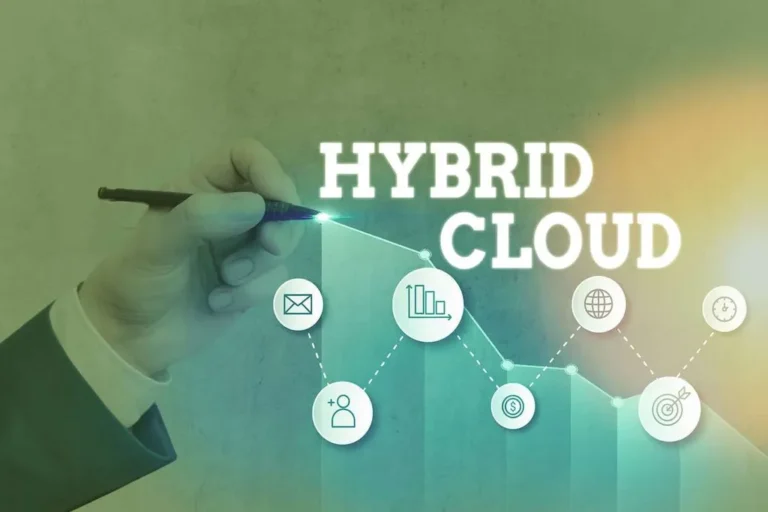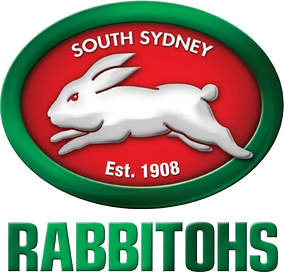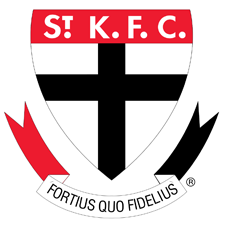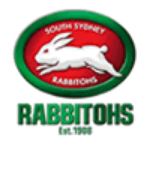Containerization is a popular strategy for packaging and deploying purposes. GitLab Pipelines integrates seamlessly with containerization technologies corresponding to Docker. By containerizing your utility, you can guarantee consistency across totally different environments and simplify the deployment course of. YAML (YAML Ain’t Markup Language) is a human-readable data serialization format used for configuration files. YAML information have a hierarchical construction, gitlab consulting consisting of keys and values.
- This can lead to a scenario where an older deployment job runs after anewer one, which will not be what you want.
- This is a compromisebefore we resolve Developer-level customers no longer in a position to run pipelines on protected branches.
- They’ll check the code with every commit and offer you a heads up about any dangers.
- Managing dependencies between jobs is essential to ensure that they run within the appropriate order and keep away from failures as a end result of lacking conditions.
Automatic Skipping Of Flaky Tests
It’s a pull mirror pulling from GitLab JH,mirroring all branches, overriding divergent refs, triggering no pipelineswhen mirror is updated. This pipeline runs underneath the context of a generated department in theGitLab JH validationproject, which is a mirror of theGitLab JH mirror. This pipeline can be known as JiHu validation pipeline,and it’s at present allowed to fail. When that happens, followWhat to do when the validation pipeline fails. The intent is to guarantee that a change doesn’t introduce a failure aftergitlab-org/gitlab is synced to gitlab-org/gitlab-foss. Apply the label to the merge request, and run a new pipeline for the MR.

Pipelines For The Gitlab Project
To make sure that jobs supposed to be executed on protectedrunners do not use regular runners, they should be tagged accordingly. You can use the outline and valuekeywords to define pipeline-level (global) variablesthat are prefilled when working a pipeline manually. Use the outline to explaininformation similar to what the variable is used for, and what the suitable values are. If you enter a brand new department name, the Start a new merge request with these changescheckbox seems. The package is built and deployed to the GitLab Maven Repository,then it triggers a multi-project pipeline to replace the whole software. The UPSTREAM_BRANCH variable, which contains the worth of the upstream pipeline’s $CI_COMMIT_REF_NAMEpredefined CI/CD variable, is on the market within the downstream pipeline.
Start Using Merge Request Pipelines
Proper indentation is essential in YAML, as it determines the structure of the doc. A private entry token from @gitlab-jh-validation-bot withwrite_repository permission is used because the password to pull modifications fromthe GitLab JH mirror. After a merge request has been approved, the pipeline would include the total RSpec & Jest exams. This will make sure that all testshave been run before a merge request is merged.
Failure at this stage exposes issues you didn’t conceive of when writing the code. The aim of this stage is to provide engineers feedback quickly, while the reason for the issue is fresh in their minds, so their circulate state won’t be thrown off track. You would possibly do this if the results of a pipeline (for example, a code build) are required outside the standardoperation of the pipeline. You can discover an instance utility here.It consists of a Maven package and a command line app that uses it as a dependency. You can disable GitLab CI/CD per project or for all new initiatives on an instance.
However, to make it semantically appropriate, let’s put instructions associated to bundle set up in before_script. Note that when you use before_script on the high stage of a configuration, then the instructions will run before all jobs. CI/CD also allows for faster suggestions loops with stakeholders, guaranteeing that the ultimate product aligns carefully with person expectations. Overall, it is a foundational follow for any staff aiming for high-speed, high-quality software improvement. Select a pipeline to open the pipeline details web page which exhibits each job within the pipeline.From this page you presumably can cancel a running pipeline, retry failed jobs, or delete a pipeline.
Pipeline as code is an element of a bigger “as code” movement that includes infrastructure as code. If you use an exterior CI/CD server likeJenkins or Drone CI, you’ll find a way to disable GitLab CI/CD to keep away from conflicts with the commits status API. Then different users and initiatives can access the configuration file with out beingable to edit it. The CI/CD permissions tablelists the pipeline options non-project members can access when Everyone With Accessis selected. The Delivery pipeline mannequin also allows the creation of a single reusable pipeline that lets DevOps teams build once and use in all places. This allows pipelines to reap the advantages of the distributed structure of Kubernetes to simply scale each on the variety of running workflows and inside each workflow itself.
In the above example, the test job has a dependency on the construct job, making certain that the check job runs only after the profitable completion of the construct job. Parallel jobs permit you to execute a quantity of jobs concurrently, significantly decreasing the general execution time of your pipeline. This is particularly helpful when you could have independent duties that can run concurrently. In the above instance, the manual_deploy_job is not going to run mechanically.

To run this instance in GitLab, use the below code that first will create the files and then run the script. A week in the past, a new man forgot to run the script and three clients received damaged builds. Luckily, your code is already on GitLab, and you keep in mind that there is built-in CI.

This is especially useful in phrases of integration and steady testing, that are typically troublesome to perform, time-consuming, and require the creation of stubs and drivers. A downstream pipeline can provision infrastructure, deploy to a delegated surroundings, and return the deployment statusto the upstream project. You can use the environment keyword with set off.You might need to use environment from a trigger job in case your deployment and utility initiatives are individually managed.
In the pipeline mini graph, the standing of every triggered downstream pipeline displaysas extra status icons to the best of the mini graph. Select a downstream pipelinestatus icon to go to the detail web page of that downstream pipeline. You can evaluate configuration added with the includekeyword within the pipeline editor. In the upper-right corner, select the file tree ()to see a listing of all included configuration information. You can use the CI/CD job token (CI_JOB_TOKEN) with thepipeline trigger API endpointto trigger multi-project pipelines from inside a CI/CD job.

If an app doesn’t move this stage, you need to tackle it instantly as a outcome of it suggests one thing is fundamentally mistaken with the configuration. When you follow CI, you repeatedly merge modifications into a central repository as frequently as attainable. Changes are validated by an automatic construct, with unit and integration tests making certain any adjustments made haven’t broken the application. If testing uncovers a battle between new and current code, CI makes fixing bugs quicker and more frequent. A CI/CD pipeline is a sequence of steps that streamline the software delivery course of. Via a DevOps or web site reliability engineering method, CI/CD improves app development utilizing monitoring and automation.
CI/CD templates incorporate your favourite programming language or framework into this YAML file. Instead of building pipelines from scratch, CI/CD templates simplify the process by having parameters already built-in. GitLab offers a graphical representation of your pipeline, allowing you to visualise the move and dependencies between levels and jobs.
Teams can use a declarative YAML strategy or a vendor-specific programming language, such as Jenkins and Groovy, but the premise remains the same. Within this part are the scripts that the runners will initiate to mechanically construct the code. So, throughout the build process, we’ll set a yarn set up, to install the YARN packages, yarn lint, for Javascript linting, yarn take a look at and yarn build to build the code, and create artifacts. The BUILD phase within the Gitlab CI is the part that mechanically builds your code into publishable artifacts that you can deploy on the web. This build section is triggered by a change within the repository by a commit from the developer. For an much more automated steady integration expertise, we additionally supply Auto DevOps that does a lot of the legwork for you.
Transform Your Business With AI Software Development Solutions https://www.globalcloudteam.com/





































